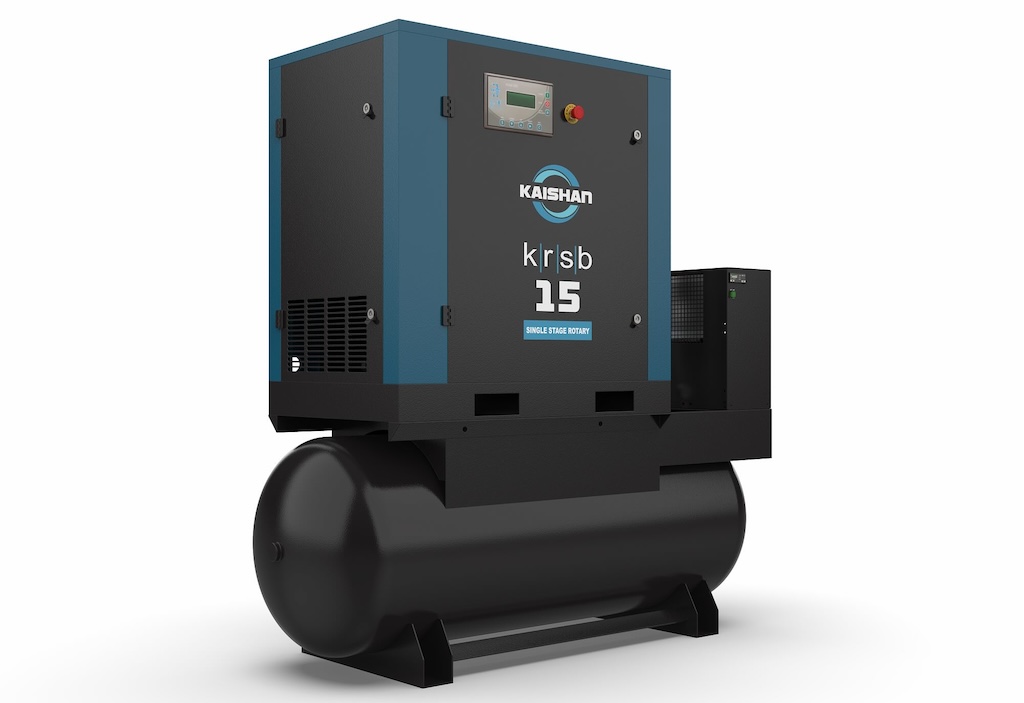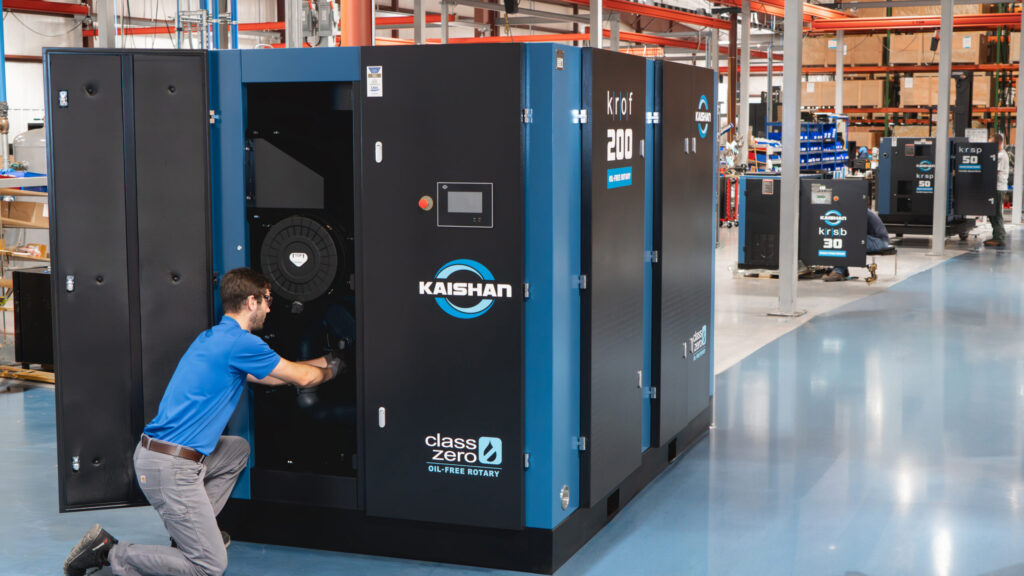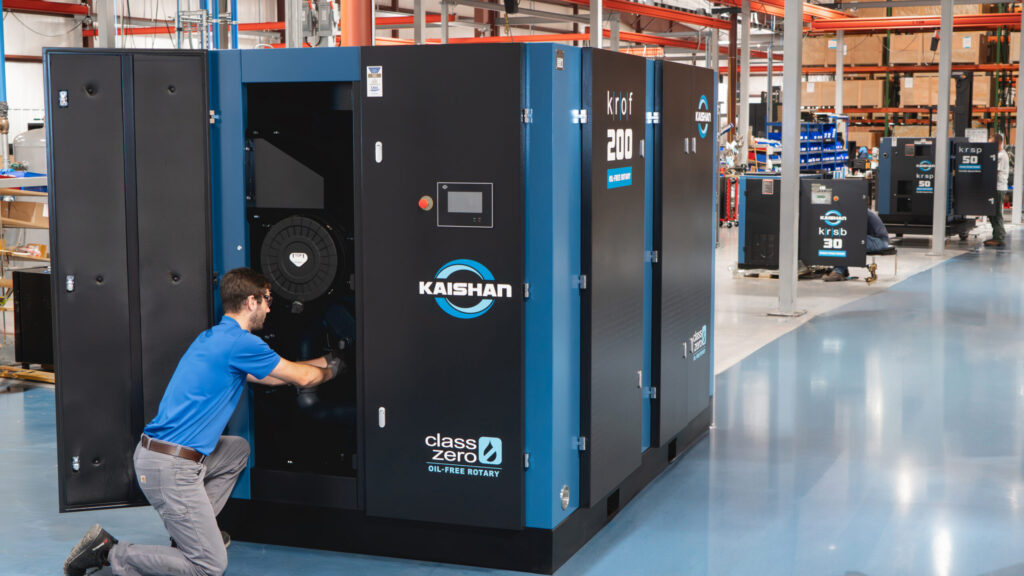First comes the storm. Then comes the media, and a second storm erupts. Then, when the water and the TV crews and the volunteers and the president have all receded, when the fingers stop being pointed and the bottled water has been passed out and the power comes back on and the jazz starts to play again, comes the rebuilding of New Orleans.
First comes the storm. Then comes the media, and a second storm erupts. Then, when the water and the TV crews and the volunteers and the president have all receded, when the fingers stop being pointed and the bottled water has been passed out and the power comes back on and the jazz starts to play again, comes the rebuilding of New Orleans.
It will occur under the heat and humidity that is as much a part of the Big Easy as Bourbon Street, but it will happen largely out of the spotlight. The streets must be cleaned, the debris must be cleared and a newer New Orleans must rise in its place. The city must be put back to work, and ultimately, back to play.
For the hundreds of PLANT ENGINEERING subscribers in that region, they must go back to work as well. Many in our industry arrived on the scene right away with help for the region’s manufacturers — donations of food, money and supplies, equipment to help them rebuild and get back on line, offers of long-term assistance to give them a chance to get back up to speed. Many others helped with the human condition in the hurricane region. That outpouring was heartfelt, and automatic. We looked for every way we could to help.
Even in a tough economic market for everyone, our industry found time to help one of their own in need. Whatever we manufacture — and we often manufacture competing products — we recognize the common things that bind us. We seek out knowledge from each other at trade events and seminars because we know that a strong manufacturing environment makes each individual company stronger.
So what did we learn from Hurricane Katrina and its aftermath? A few simple truths:
Be prepared: We talk about predictive maintenance and preventive maintenance, but neither would have helped in this case. What would you do if a fire or a flood or a tornado rendered your plant inoperable? Do you have a disaster plan if the worst happens? Your relationship with distributors and OEMs will be tested on that day. Are they ready for you, and do you know what you need from them?
Safety first, operations second: Do you have a plan to account for your personnel? Can you get them to a safe place at a moment’s notice? Do you practice that mobilization? And after a tragedy, can you find them, mobilize them and pay them?
Know your building blocks: Could you accurately rebuild your manufacturing facility from the ground up if you needed to? So often the component parts of facilities — and its electrical, mechanical, HVAC and compressed air systems — are pieced together over time. Could you put all those pieces back together if you needed to?
What do YOUR customers need from you in a crisis? As you look to your suppliers, your customers look to you. Are you ready to help them, even if you need to rebuild yourself? How do you mobilize and motivate the people in your organization to meet the challenges of staying in business?
When all the attention is gone, or we’ve moved along to the next tragedy, there will still be work at hand. There will still be employees and products. There will still be work to be done. You can get ready for that day today, and pray it never comes.
The hardest lesson of Hurricane Katrina is that you cannot prepare for everything. You can, however, be prepared for what happens next.



